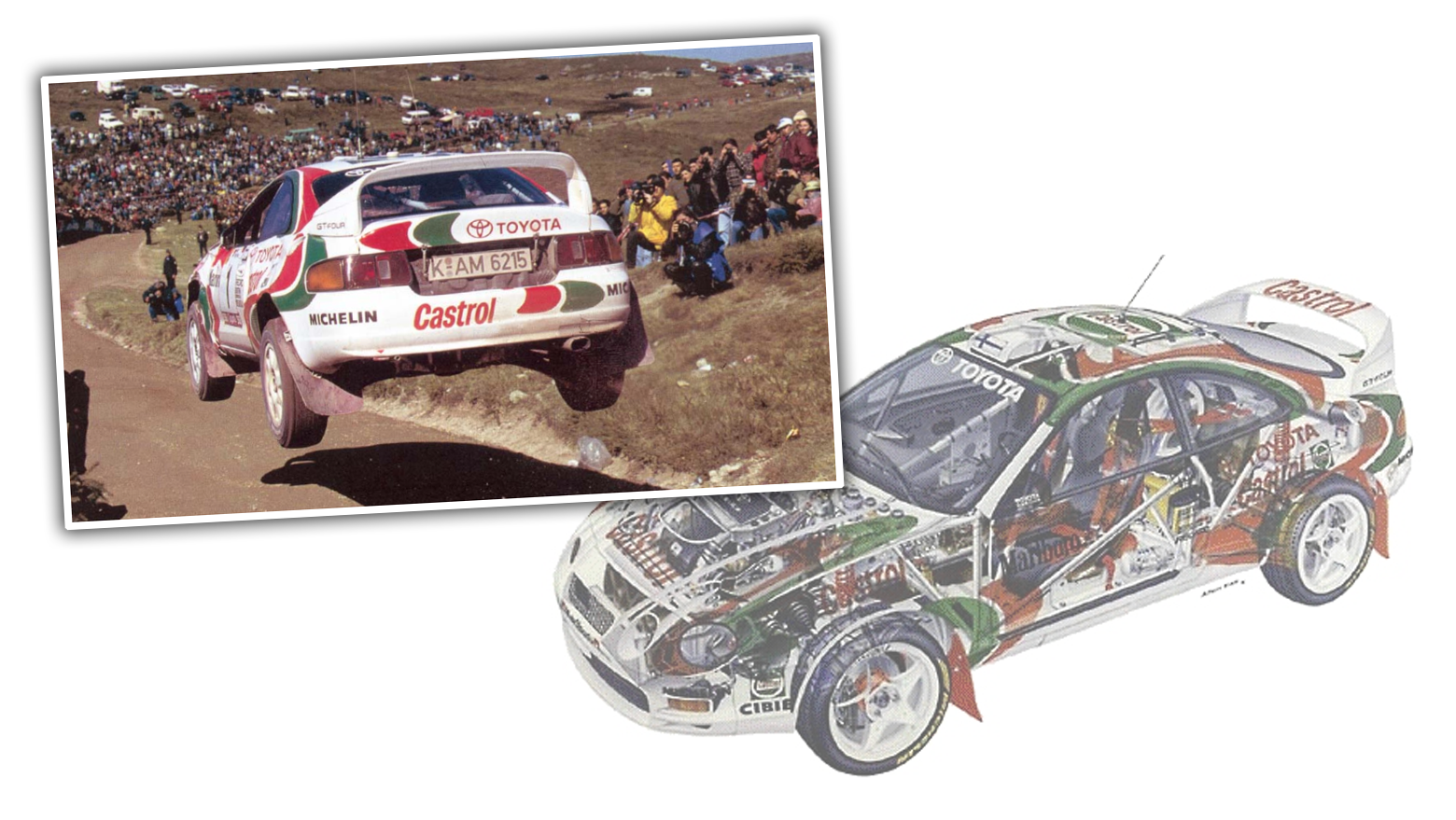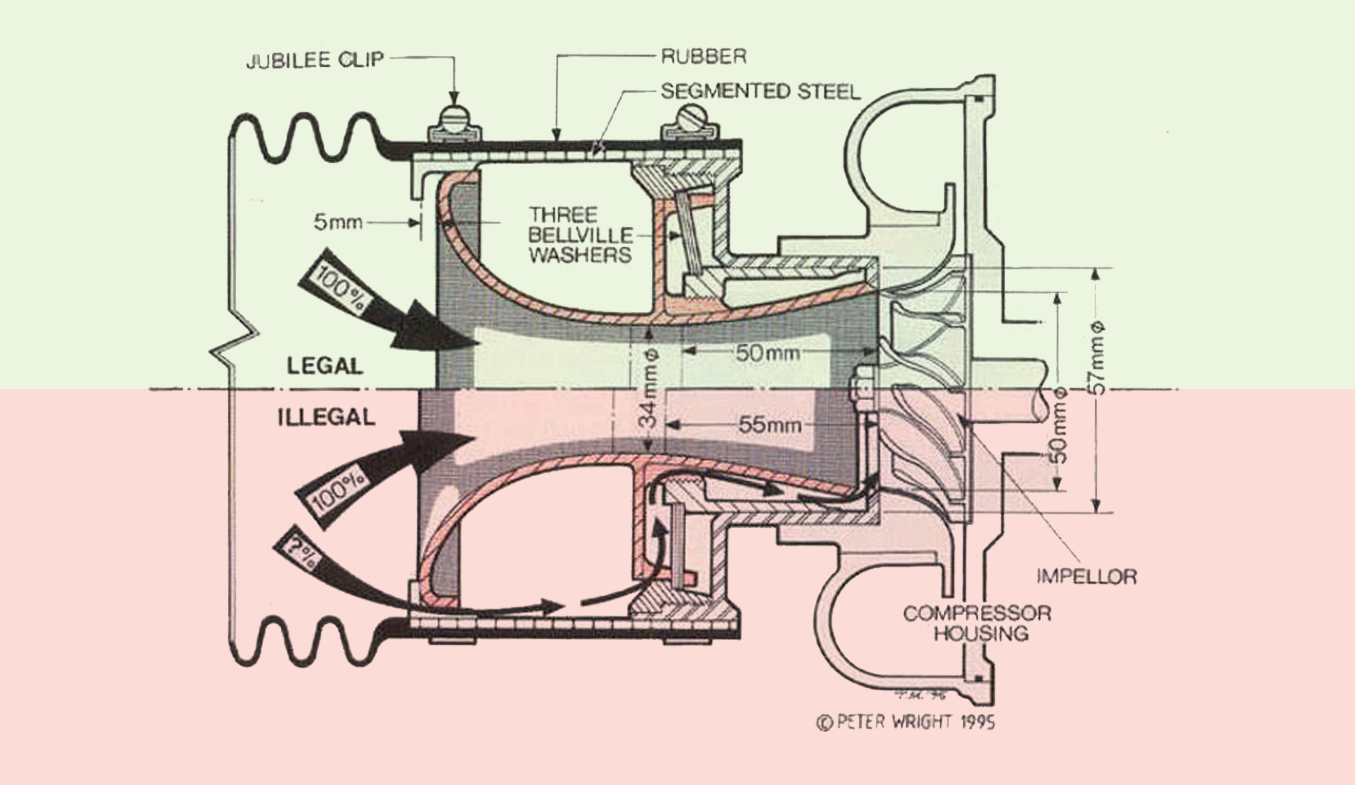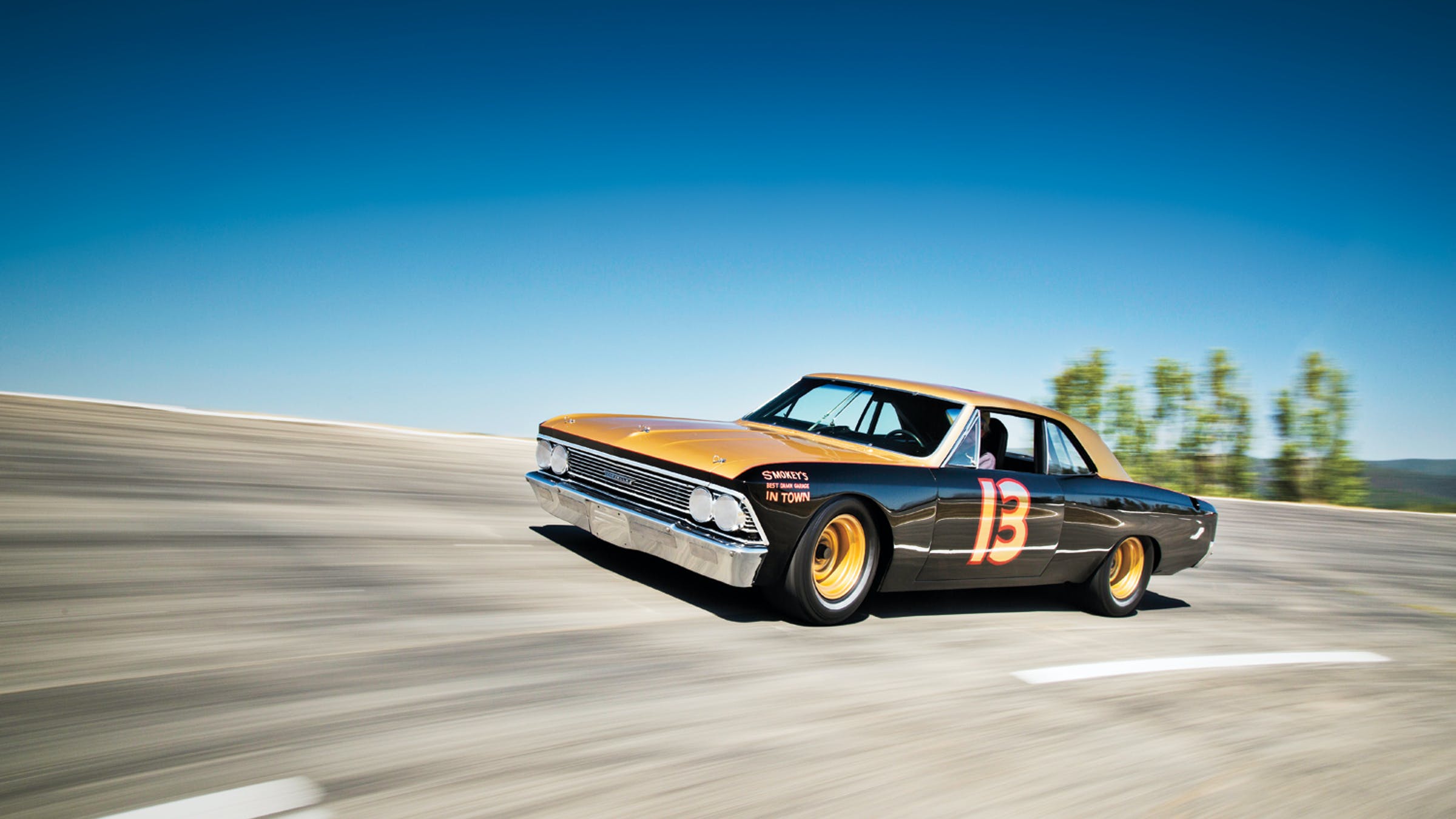Busted! Caught Cheating at Racing – Part 1
Some of the most ‘ingenious’ ways to get closer to victory… But not the most legitimate ones.
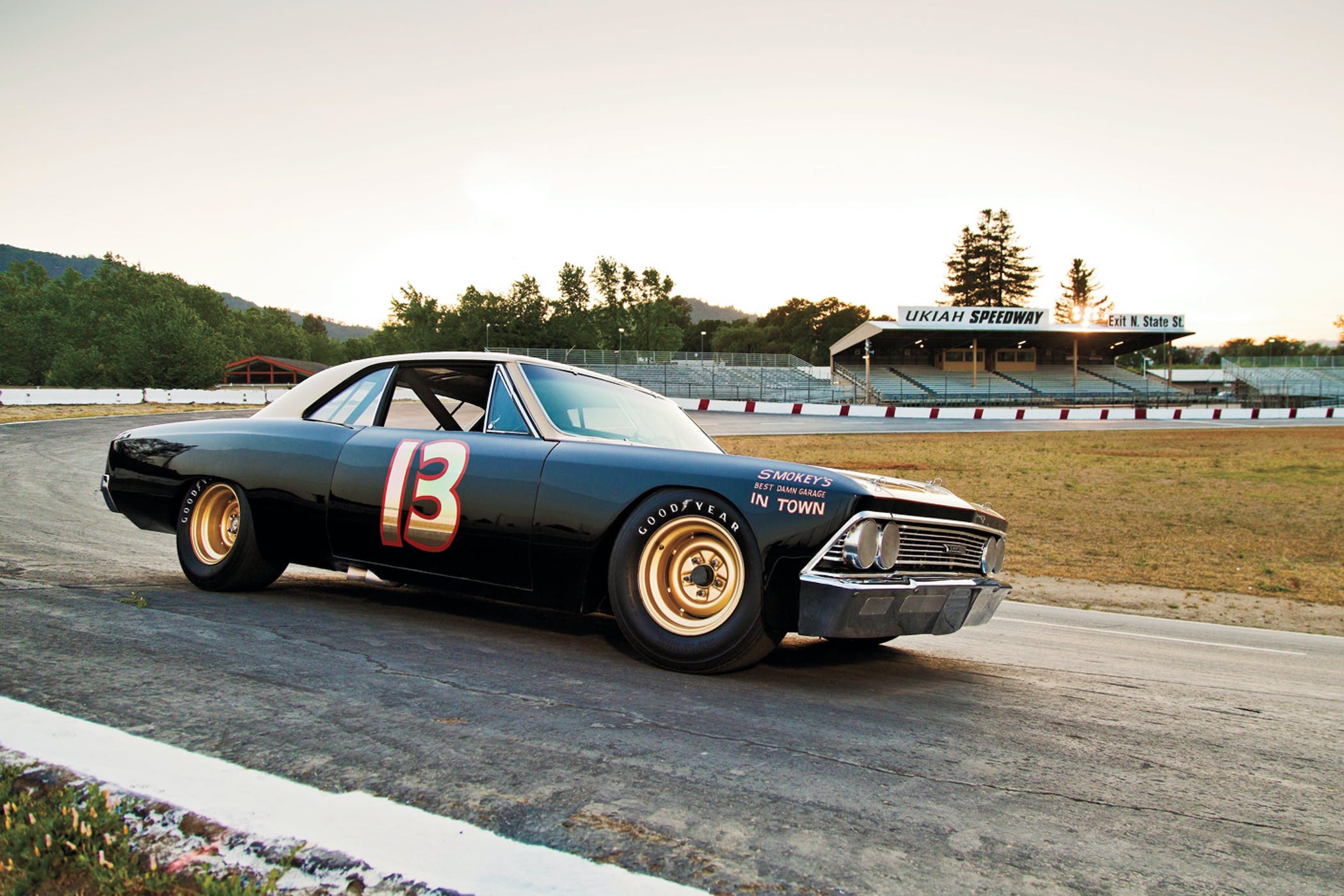
Bending the rules is considered somewhat acceptable, breaking them really isn’t and there’s a fine line between the two. And yes, also in a strongly-regulated sport like motor racing, there are examples of people, constructors and racing teams caught red-handed at cheating. People deliberately crashed, stole technical documents, payed-off officials to turn a blind eye, found ‘ingenious’ ways to make a car competitive or simply shunted someone off track. This is the first in a two-part coverage of stories from the racing world where cheaters got caught.
Formula 1 is the top-tier category in racing for years now, and a multi-billion dollar industry. Each race, each championship, there is so much at stake that it every so often leads to someone trying to get an unfair edge over competitors. I think this is part of human nature basically, and always will be, but when it leads to breaking the rules everyone agreed to comply to, you have a bit of a problem. And it’s not something that happens in F1 only, there are multiple examples out there.
Formula 1 – turbo-power versus weight-saving
During the late seventies and eighties, Formula 1 was all about turbo-power. It was introduced in 1977 but was plagued by reliability during the early years. The French constructor Renault were the ones to first use it but the cars often failed to reach the chequered flag. Over the years, more and more teams and constructors developed turbocharged engine, with power increasing and reliability improving year by year. The peak of performance during the turbo-era in Formula 1 was just before the technology was banned, with engines producing around 1.500bhp during qualifying trim, when the boost was turned all the way up. At that time there was no restriction on the number of engines per season so a blown engine was simply replaced without consequence.
In the first half of the eighties though, not all teams had access to turbo-technology or managed to partner with an engine-supplier that offered a reliable package. This lead to a controversy in 1982 with multiple teams seeking a way to beat the teams that did run turbo-engines. The turbo-cars needed a lot more fuel, while non-turbo cars could be built far lighter than the required minimum weight determined by the FISA (now FIA). Nothing out of the ordinary so far since the use of ballast to weigh cars down to meet regulations was quite common. It even resulted in better balanced cars as the ballast could be distributed freely throughout the chassis.
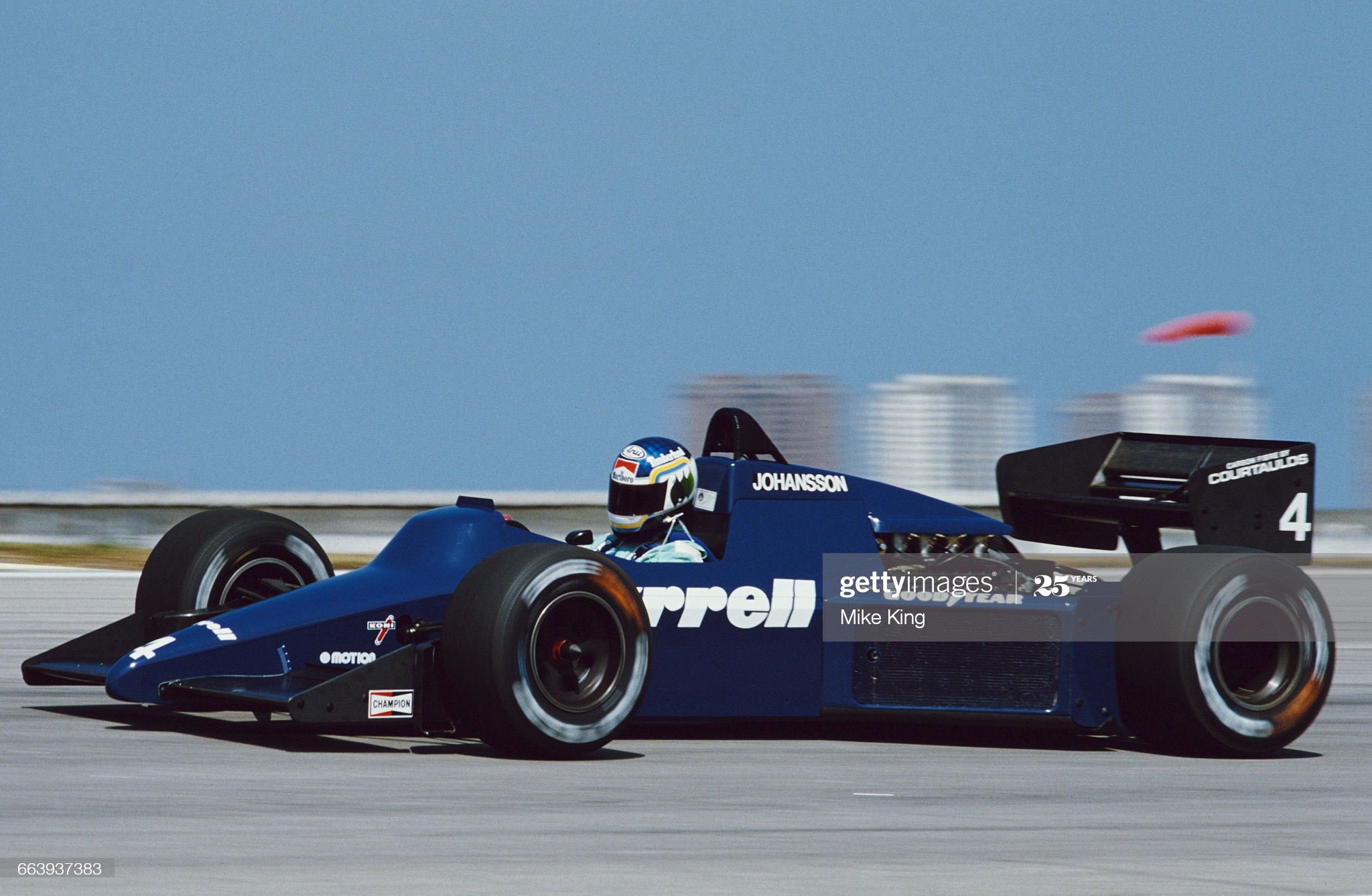
But, as this is a Petrolhead Corner episode about cheating, in 1982 at least two teams came up with the idea to add an auxiliary water tank, allegedly used to cool the brakes. If it was actually used for cooling the brakes there wouldn’t have been a problem. However, shortly after the start, the driver could dump the water and thus lose weight and instantaneously make their cars more competitive. Rules stated that the teams could top up the tanks before the cars were weighed again as it was intended to cool the brakes and thus wasn’t considered a breach. The act of dumping the water to gain an advantage in handling and performance was though.
After discovering this, both Nelson Piquet (Brabham) and Keke Rosberg (Williams) were excluded from the championship. They finished first and second in the 1982 Brazilian Grand Prix, but were disqualified for the breach of regulations. Subsequently, Alain Prost won the race for Renault, followed by John Watson in the McLaren-Ford. 1982 was a season full of turmoil, with strikes, disqualifications, the loss of two drivers (Gilles Villeneuve & Ricardo Paletti) and a champion who won only 1 race in the entire season; Keke Rosberg.

Only two years later, controversy struck again when F1 constructor Tyrrell was caught trying to get an unfair advantage over their competitors. Again things revolved around turbo-power and weight. Tyrrell was the only one to run without turbo engines and between them, the FISA/FIA and the other teams there was a huge debate on rules and regulations. Refuelling was banned and fuel capacity was maxed at 220 litres for the entire race, both favouring the more fuel-efficient non-turbo runners. A common practice is to use a water-injection system, cooling the intake trumpets, reducing temperatures and increasing power output. The British team deliberately ran their Tyrrell 012 cars underweight, only to top up the tanks for the water injection system at the end of the race. The breach of regulations was that along with topping up on water, which was fine, they added up to 140lbs (about 60 to 65 kilo’s) of lead-shot to the tanks too. Tyrrell was caught when they topped up their tanks, and some lead-shot escaped in the process, exposing what they did.
They argued that the lead-shot functioned as ballast and “fixed” in the tanks, just as the rulebook stated since it wasn’t removable without taking apart the car. The FIA wanted nothing of it, deemed the move illegal and banned them from the final races of the season and disqualifying them for the previous races.
These stories are sourced on various blogs, including Jalopnik and Motorsport Magazine.
Rally Championship – Toyota innovates extremely, but also illegally
Nowadays we have the World Rally Championship, or WRC, as the foremost category of rallying but this wasn’t always the case. Before it was grouped into an official, global championship in 1973, rallying was done under various popular international championships. The first FIA sanctioned championship on a global stage was held in 1973 and evolved from cars like the Lancia Stratos and Renault-Alpine A110 to Group B, Group A and eventually WRC stipulations.
Group B cars are some of the fastest and most extreme rally cars ever built, at least in an FIA sanctioned championship. Events like Dakar or the Pike’s Peak Hillclimb have seen even more extreme cars but that’s not the focus of this article. Following the cancellation of Group B, after a horrific accident killed three spectators and injured thirty more at the 1986 Portugal Rally, Group A took over as the top-tier category. Where Group B brought us legendary cars like the Peugeot 205 T16, the Lancia Delta S4, the Ford RS200 and of course the Audi Quattro S1, Group A was responsible for equally legendary cars running into the nineties.
Just think of the blue-and-gold Subaru Impreza 555, the Mitsubishi Lancer Evo’s, the whale-tailed Ford Escort RS Cosworth or the Castrol Oil liveried Toyota’s. Cars that were piloted by the likes of Carlos Sainz (father of current F1-star Carlos Sainz Jr.), the late Colin McRae, Juha Kankkunen, Tommi Makinen or Didier Auriol.
Toyota was on top of their game in the early nineties when it came to rallying. Their Celica GT-Four was the 1990 World Champion, with Carlos Sainz behind the wheel. A year later they were trumped by the Lancia Delta Integrale but in 1992, 1993 and 1994 they were king of the mountain again. This winning mood meant Toyota was firmly in the spotlight with a lead role for their Celica. In 1995 the FIA sanctioned a restriction on turbo-capacity by issuing the mandatory use of a restrictor plate, limiting the amount of air being forced into the engine by the turbo. A restriction on air means a restriction on the combustible mix (fuel and air) which in turn means a restriction in power output.
Toyota ingeniously bypassed this restriction plate with a series of springs and clips which were specially engineered. When the engine wasn’t running like when under scrutineering by judges and technicians, the plate would remain perfectly in place. When the car was running, the system Toyota developed moved the restrictor plate out of the way which gave them a power-bump of about 50bhp. This doesn’t seem like much but when the rest of the field is capped at 300bhp, a 50bhp jump is quite substantial!
On the outside of the turbo, nothing seemed off or tampered with. Toyota even machined and polished the springs inside hoses to interfere with airflow as little as possible. It even required special tools to work on the system and to pry the restrictor plate off when stationary. For all details of the tech that went into this cheat, I strongly suggest reading the article on Jalopnik, as they do a far better job of explaining it than I can ever do.
Even the FIA-president at the time, Max Mosley (later to be charged with a whole different scandal) was impressed by the clever system, calling it the most sophisticated and ingenious device he ever saw in over 30 years of racing. After being caught the FIA banned Toyota from the championship for 1995 and 1996. They didn’t return to winning form until 1998, winning two stages with their Toyota Corolla WRC. A year later they clinched the constructor’s title.
Henry ‘Smokey’ Yunik – USA’s genius cheater
If you are a motorsport-nut like me, or a NASCAR fan for that matter, the name Henry ‘Smokey’ Yunick probably rings a bell or two. This man is perhaps the biggest pain in the butt for rule-writers and governing bodies to date. He is credited with a number of, let’s say questionable innovations bypassing implemented rules and regulations. A few of these ‘cheats’ are hilarious and ingenious at the same time.
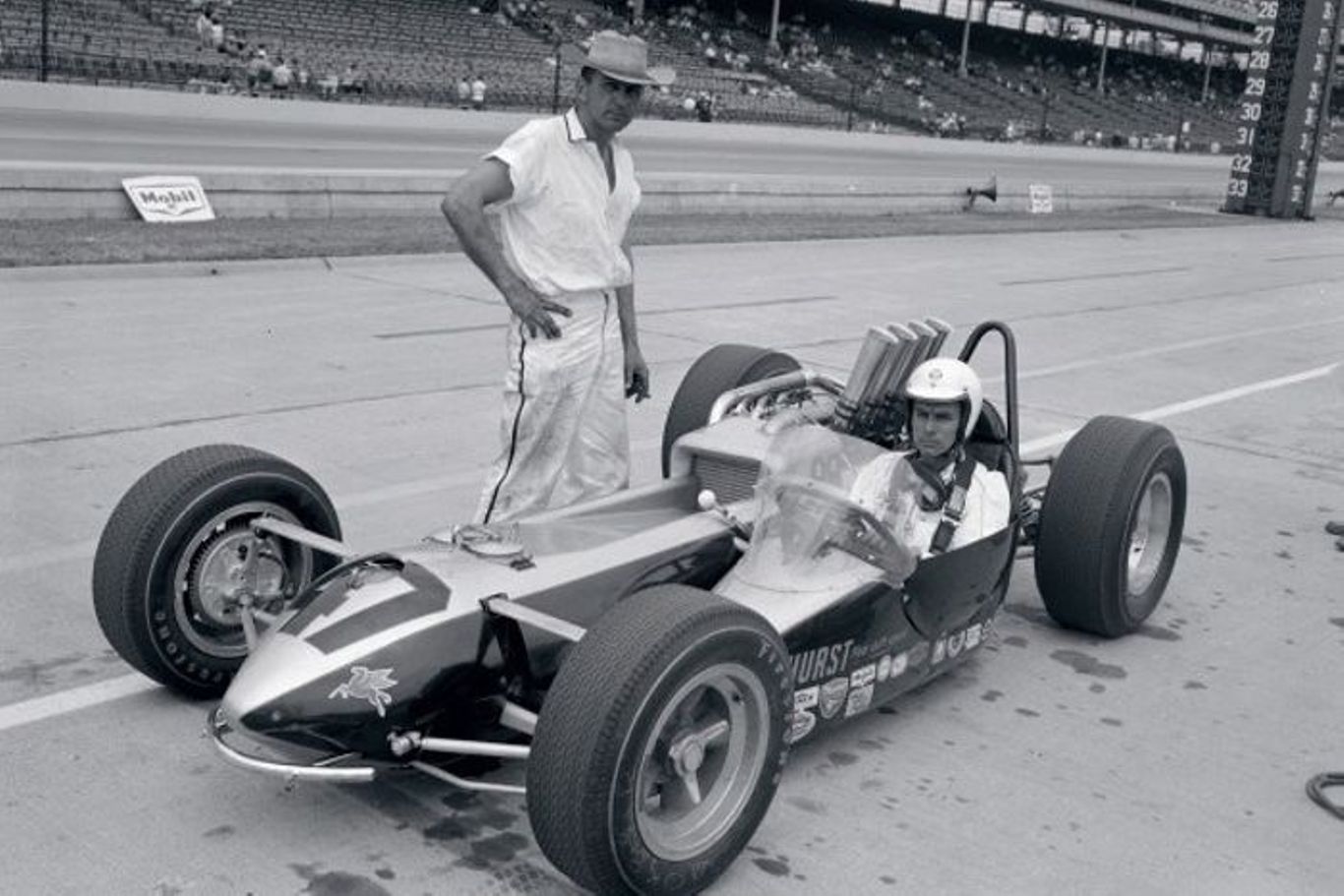
The man is a legend in stock-car racing in America, one of the most popular forms of racing in the US. Henry ‘Smokey’ Yunick was a mechanic and race car builder with huge talent and a knack for bending, and sometimes breaking the rules. In all fairness, if the rulebook leaves room for interpretation, it isn’t exactly cheating is it? Well, according to history, some of his shenanigans seeking an advantage over the competition lead to rules being rewritten and even stricter regulations in some areas.
Some of his most noticeable cheats revolve around fuel regulations. At one point he installed an oversized fuel tank into a car, one that would hold far more fuel than the imposed limit. He hid an inflated basketball, and yes you’ve read that correctly, into the tank. When filled up under scrutineering, it would comply with the regulations regarding fuel limits and the car would pass inspection. The basketball would then be deflated and removed, increasing the capacity of the fuel tank, giving the car an advantage in the race. More fuel onboard means fewer pit-stops and thus less time wasted refuelling!
The second example of his rebellious nature also has to do with fuel regulations, specifically fuel tank capacity. This time he fitted a regulation-size fuel tank (no basketball this time) but would also install a huge fuel line to it. Being about 5 centimetres in diameter, and around 3 meters long, it would hold an additional 20 litres of fuel, effectively increasing the cars fuel capacity.
Finally, and to be honest, this one initially was the most baffling to me, he modified a 1967 Chevrolet Chevelle to run in NASCAR competition. This car is known as the 7/8’s car, as legend has it, it was a perfectly downsized replica of a full-bodied Chevrolet Chevelle. As Drivetribe explains, a shrunken car would easily stand out against a field of full-size bodied stock cars. The reality is that the body was reworked in such a way it would increase its aerodynamic efficiency substantially. Flush mounted fenders, shaved door handles and indicators, headers and exhaust pipes tucked into tunnels in the floor. It even had a custom chassis which allowed to mount the body further back, improving the balance of the car. Upon inspection, a number of changes needed to be made to be deemed legal, an impossible amount of work, which meant it was never run in competition.
These examples aren’t technically considered cheating since there was nothing in the rulebook at the time that stated it was illegal to do these things. It was just a matter of knowing what was in the rulebook while at the same time knowing full well what was not in the rulebook. Allowing for different interpretations within the rules gave Henry ‘Smokey’ Yunick the edge. It is a colourful story so I felt it deserved a mention.


